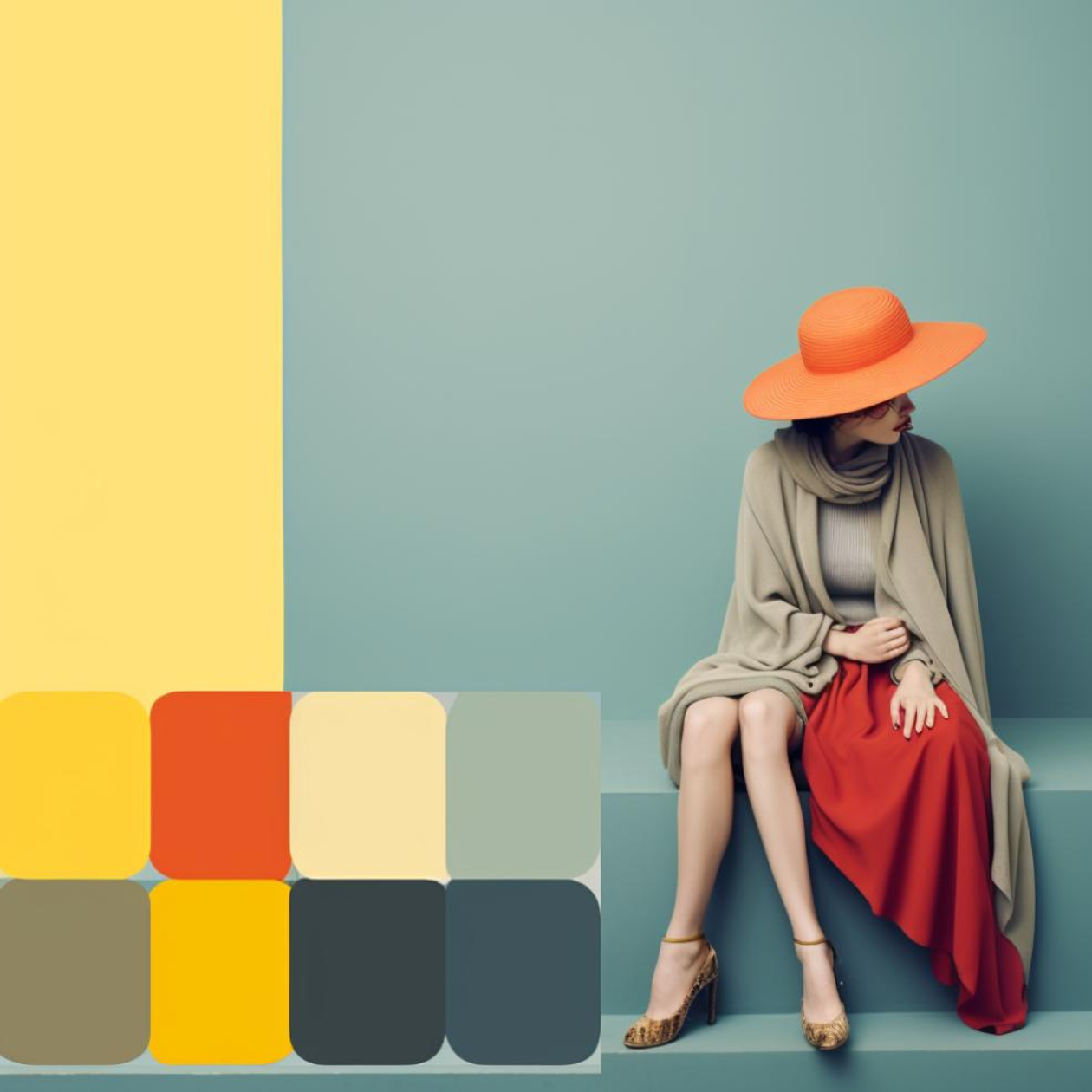In the pursuit of minimalism, we often envision clean, clutter-free spaces adorned with neutral tones and sleek lines. While this aesthetic certainly captures the essence of minimalism, there's an underrated aspect that adds depth and vibrancy to minimalist living: the strategic use of color. Let's explore how incorporating color into minimalist spaces can elevate our environments and enhance our lives.
1. A Pop of Personality:
Minimalism doesn't mean sacrificing personal expression; it's about curating your space intentionally. Introducing pops of color allows you to infuse your personality into minimalist design while maintaining its clean aesthetic. Whether it's a vibrant accent wall, a colorful piece of furniture, or a bold artwork, incorporating color adds character and visual interest to your space without cluttering it.
2. Creating Visual Hierarchy:
In minimalist design, every element serves a purpose, and color can play a crucial role in creating visual hierarchy. By strategically using color to highlight focal points or define different zones within a space, you can guide the eye and create a sense of balance and harmony. This thoughtful approach to color ensures that your minimalist space feels curated and intentional.
3. Mood Enhancement:
Colors have the power to evoke emotions and influence moods, making them valuable tools in minimalist design. Soft, soothing hues like pale blues and greens promote relaxation and tranquility, perfect for creating serene bedroom or meditation spaces. Meanwhile, vibrant, energizing colors like oranges and yellows can infuse spaces with warmth and vitality, ideal for stimulating creativity in home offices or living areas.
4. Embracing Nature:
Nature-inspired color palettes complement the minimalist ethos beautifully, bringing the tranquility of the outdoors into your home. Earthy tones like warm browns, soft greens, and muted blues evoke a sense of connection to nature, creating spaces that feel grounded and harmonious. Incorporating natural materials like wood and stone further enhances this connection, resulting in spaces that feel serene and inviting.
5. The Power of Contrast:
In minimalist design, contrast is key to creating visual interest and depth. Introducing color contrast through complementary or contrasting hues adds dimension to your space, making it feel more dynamic and engaging. Whether it's pairing light and dark colors, warm and cool tones, or bold and muted hues, leveraging contrast allows you to create striking compositions that captivate the eye.
6. Finding Balance:
Minimalism is ultimately about finding balance—stripping away the excess to focus on what truly matters. When incorporating color into minimalist design, it's essential to strike a balance between vibrancy and simplicity. Opt for a restrained color palette with a few carefully chosen hues that complement each other harmoniously. This ensures that your space feels cohesive and tranquil while still infused with the vibrancy of color.
In conclusion, color and minimalism are not mutually exclusive; rather, they complement each other beautifully, enhancing the simplicity and elegance of minimalist design. By embracing color thoughtfully and intentionally, you can create minimalist spaces that are not only visually stunning but also deeply personal and enriching. So, dare to infuse your minimalist haven with the vibrant hues of your imagination, and watch as your space comes to life in a kaleidoscope of color and simplicity.


